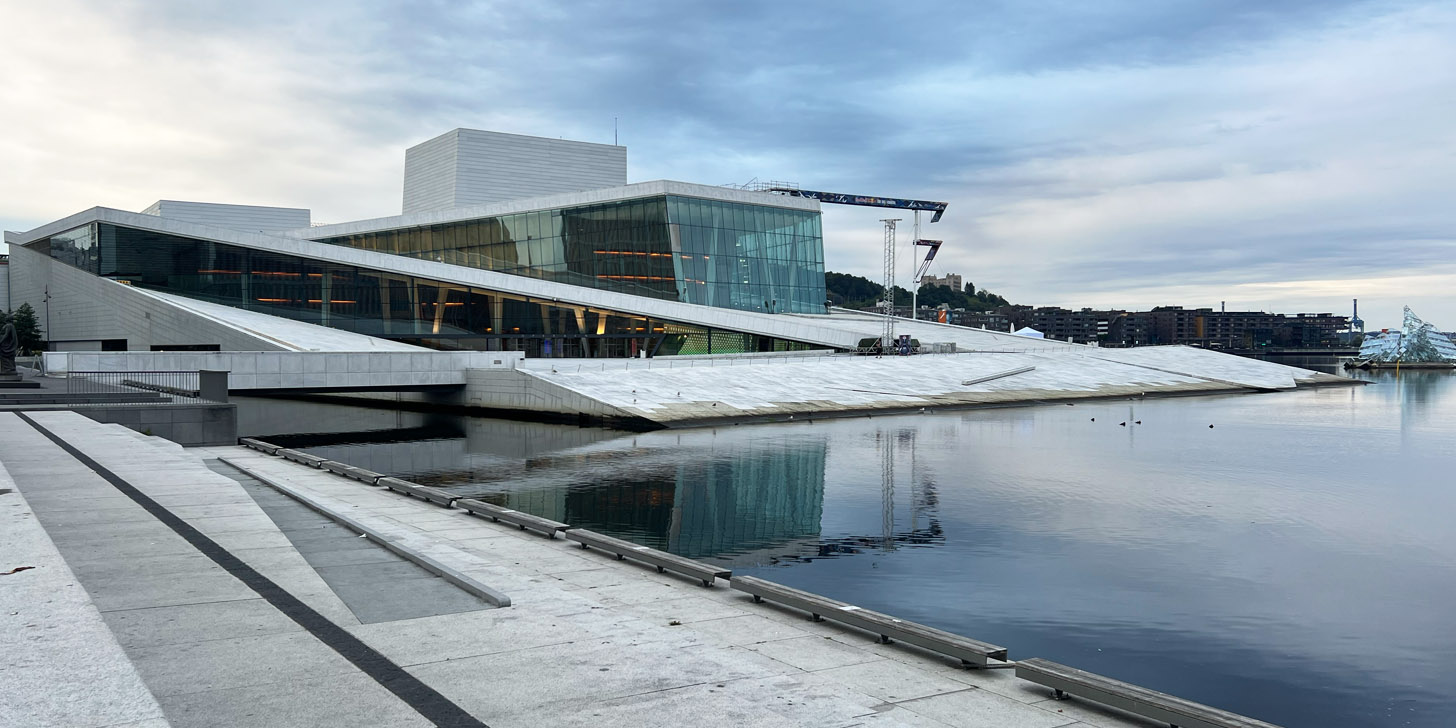
2 Hours in Geneva – a brief Sightseeing Tour
I have recently come back from another work trip to Geneva. And decided this was the perfect opportunity to finally share with you my little two hours in Geneva sightseeing tour. After all, there is plenty to see in and around Geneva. So, in case you are planning a trip to Switzerland and are thinking about including Geneva in your itinerary, keep reading.
Over the years, I’ve been to Geneva multiple times. Always for work, never for leisure. To be quite honest, this is pretty much true for any Swiss city I have visited. I’ve only ever been to Switzerland once for leisure (if you could even call it that). A skiing trip in 8th grade. That ended with a severely twisted ankle after just half a day of me attempting to ski. Fond memories (not). Maybe not something I’d call a ‘leisure’ trip. But enough of that trip down memory lane, how about we just go back to the originally topic. My two hours in Geneva sightseeing tour suggestion.
After Zurich, Geneva is the second most populated city in Switzerland with around 200.000 inhabitants (and no, neither of them is the capital, this would be Bern, another city well worth a visit).
Whilst Geneva isn’t the capital of Switzerland or the biggest city in Switzerland, it is actually the city with the highest number of international organizations. And not just in Switzerland, but in the world (UN headquarters, Red Cross and several others).
When planning your trip to Geneva, be aware that Geneva is in the French speaking part of Switzerland. But you will get by fairly well with English (thanks to those international organizations). It is located right on the border between Switzerland and France (the French city Annemasse is very close by).

How to get to Geneva?
Before we start with our two hours in Geneva sightseeing tour, let’s find out how to actually get there.
Good news, unlike the capital Bern, Geneva has its own airport. Geneva International Airport is just a few kilometres outside the city centre. It takes less than 10 minutes by train to get from Geneva Airport to Geneva main train station. And even better, if you are staying in a hotel in Geneva, you are entitled to a free transportation card, that will cover your journey to and from the airport. As well as all other public transport whilst you are visiting Geneva.
Most times I’ve stayed in Geneva, the hotel emailed me a link to download my transportation card a few days ahead of my trip. But if you don’t hear from them, it might be worth just giving them a quick call. It is super easy to get the transportation card and you don’t need to print it out. You can just show it on your phone.
With the basics covered, let’s dive right in with all the things to see during your two hours in Geneva. Needless to say, you can spend a lot more time in Geneva than just two or three hours. But, if like me, you are only in Geneva for one night during a business trip, I’ve got you covered with my concise Geneva sightseeing tour.
Two Hours in Geneva Part One: Around the lake
The Lake Geneva (Lac Léman in French)
I would say, regardless how much (or little) time you get to spend in Geneva, it is rather difficult to miss the lake. I mean it is a huge, big splash of water right in the middle of town.
If you arrive at Geneva train station, it is a 10-minute walk down to Lake Geneva.
Forming the border between Switzerland and France, Lake Geneva is the largest lake in the Alps and one of the largest in Western Europe.
Bains de Paquis
On the north shore of Lake Geneva, you will find the ‘Bains de Paquis’, the public baths along the pier. The entrance fee is 2 CHF (roughly 2 EUR), if you want to actually visit the bath. But if you only want to have a stroll along the pier, that is free of charge. From the end of the pier, you will have a great view across Lac Leman and the Jet d’eau.
Jet d’eau de Geneve (water fountain)
Talking of the jet d’eau. The water fountain in the middle of the lake is the tallest in the world with approx. 140m. It shoots around 500 litres of water per second. Although nowadays one of Geneva’s better-known attractions, it’s original purpose wasn’t decorative. Back in 1886, the jet d’eau was installed as a safety valve for the local hydraulic water network.

Take a boat ride on Lake Léman
Taking a boat trip during a two hour sightseeing tour in Geneva? You probably didn’t expect that. Even less so, if I tell you that this boat ride across Lake Geneva is completely free (courtesy of the aforementioned transportation card).
The Geneva Mouettes (meaning the Geneva seagulls, which are little yellow shuttle boats) are a convenient way to cross the lake. There are four routes within Geneva City, that you can use with your free transportation card: M1 between Molard and Paquis, M2 between Paquis and Eaux-Vives / Quai Gustave-Ador, M3 between Paquis and Geneve-Plage / Port Noir and M4 between Geneva-Plage and De Chateaubriand.

All lines run frequently (every 10 to 30 minutes). In summer they all run until around 9pm, in the winter months only until around 7.30pm during the week, even earlier over the weekend. Which is an important point to remember. During my very first visit to Geneva a couple of years ago, I took one of the mouettes across Lake Geneva, but completely forgot to actually check the schedule. Only to find out that it was the last shuttle of the day, and I ended up walking back (which didn’t really matter, it gave me a chance to see a bit more of Geneva).
The yellow shuttles were founded back in 1897 and offer a daily service. The current fleet includes 3 historic wooden boats (seating 30 and 50 people), 1 steel hull boat (seating 50) and 2 electric / solar propelled boats (seating 60).
L’Horloge Fleurie (Flower clock)
The L’Horloge Fleurie is the 2nd largest working flower clock in the world with a diameter of 5m (after the one in Teheran with a diameter of 15m, which was installed in 2005).
Created in 1955 as a nudge to Geneva’s long history of watchmaking, the clock face is made up of 6500 plants.
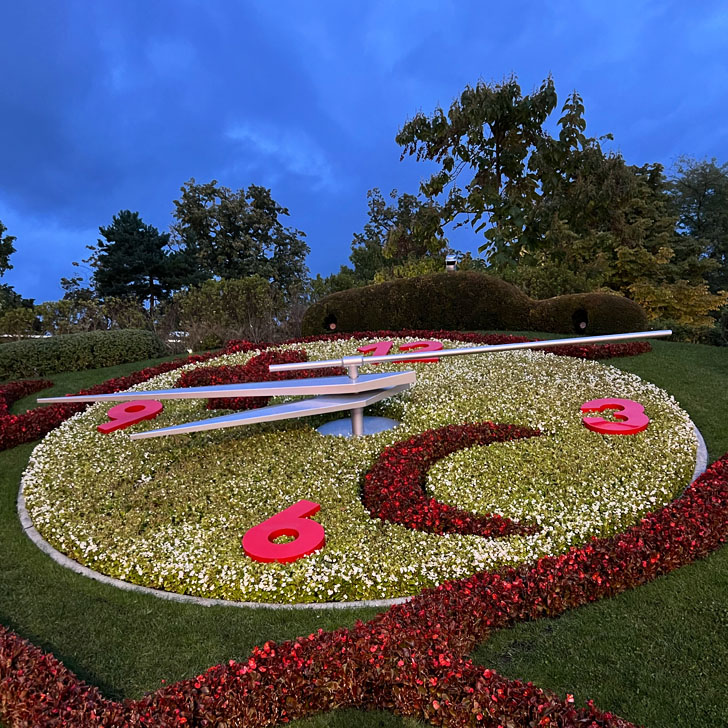
Two Hours in Geneva Part Two: Vielle Ville (Old Town)
Once you’ve had enough of Lake Geneva, let’s head towards the old town.
Geneva’s Vielle Ville (Old Town) is Switzerland’s largest historical city. A mix of small cobblestone streets, squares, historic buildings and secret passages.
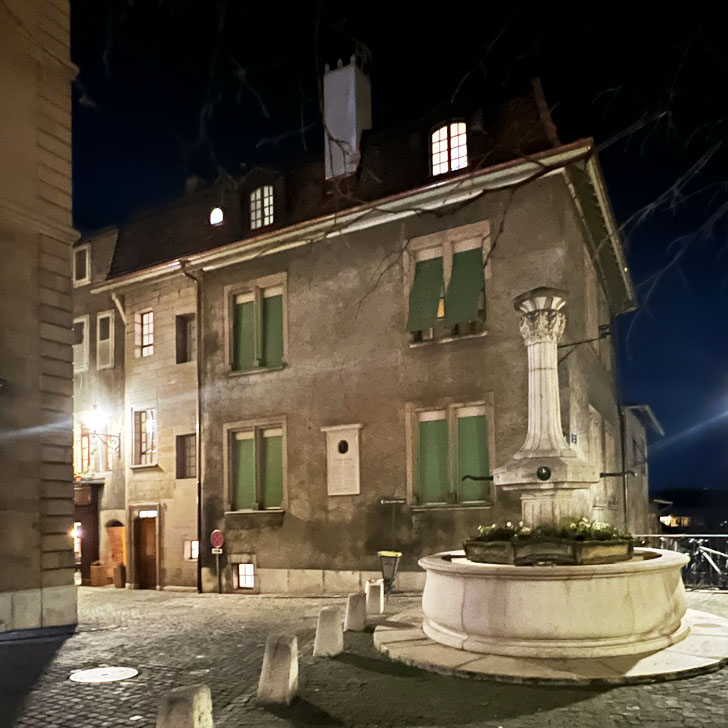
Maison Tavel
Maison Tavel is the oldest private home in Geneva, dating back to the 14th Century. Originally built in the 12th century, it eventually burned down and was re-built by the Tavern family in 1334. It now houses the Museum of Urban History and Daily Life. The museum is open Tuesday to Sunday, and you can pay what you like (it is recommended to pay somewhere between 5 – 20 CHF, but it is up to you). As I only had the evening for my Geneva sightseeing tour, I could only look at Maison Tavel from outside (and in the dark) but have not managed to see inside.
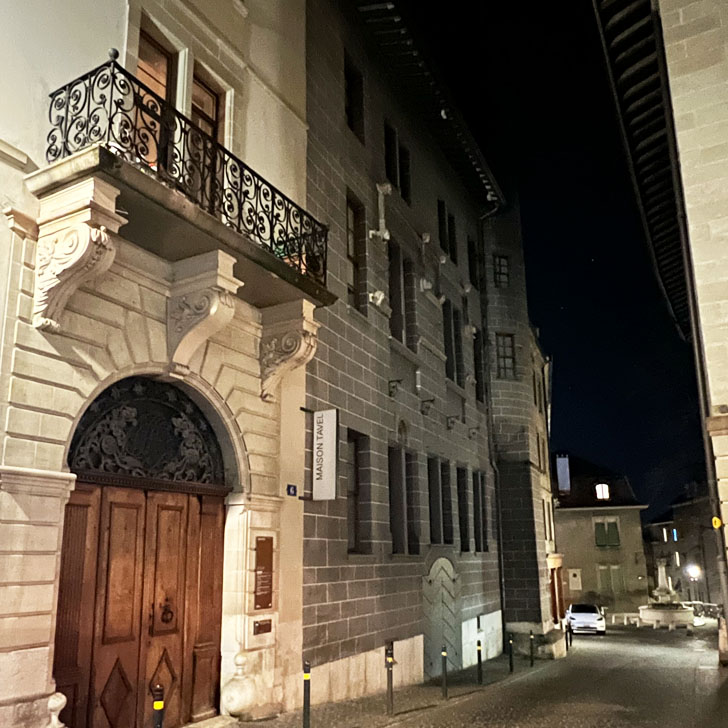
St. Pierre Cathedral
Located at the highest point of the Old Town, St Pierre Cathedral towers over the city. Entry to the cathedral itself is free, but you will have to pay 3 CHF to go up the 157 steps of the north tower. Which is said to offer an amazing 360 panoramic view across Geneva and the lake.
The cathedral’s vaults house a large archaeological site, dating back to the 4th century (you will also need to buy a ticket for the vaults, it is only the main church that is free).
Unfortunately, the church closes at 5pm, so I didn’t get a chance to visit the inside yet (the downside of travelling for business). But if you get the chance go and check it out. The pictures I’ve seen suggest it is well worth a visit.

Hotel de Ville (City Hall)
Very close to the cathedral is Geneva’s city hall. This impressive 15th century Renaissance building has been the seat of the town and canton’s government for over 500 years. Whilst you can’t go inside the actual building, you can enter the large courtyard and walk up the unique cobbled ramp to the upper floors. Traditionally this would have allowed access to the third floor on horseback, but these days you’ll have to use your feet.
And whilst you are exploring City Hall, also check out the L’Ancien Arsenal (the old arsenal). A small open-air museum with cannons and three wall mosaics created by Alexandre Cingria, a Geneva born artist.
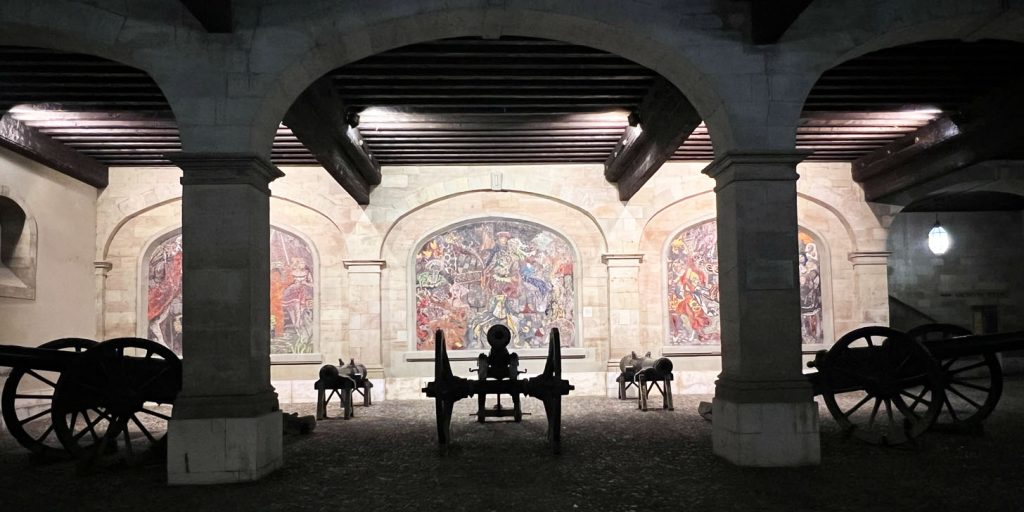
Place Bourg-de-Four
The oldest square in Geneva, the place bourg-de-four dates back to the 9th century. The square is surrounded by narrow houses that are typical for Geneva.
These days the square is flanked with plenty of restaurants, making it the perfect spot for dinner.
The ‘secret’ passages of Geneva’s old town
Built to enable soldiers to quickly get move across town, Geneva has several ‘secret passages’.
Unfortunately, the Passage de Monetier is only open one weekend a year during the Fête de l’Escalade in December.
Whilst this might be the most famous of the passages, it isn’t the only one.
Check out Degree Passage (Passage des Degrés-de-Poules), which will bring you swiftly from St. Pierre Cathedral down to Place Bourg-de-Four.
Mur des Réformateurs (Reformation wall)
Built into the old city wall and located in the Parc des Bastions, the Reformation Wall is just a short walk from the old town and St. Pierre’s Cathedral.
Inaugurated in 1909, the monument is 100m long and depicts several key people in the Protestant Reformation. In the centre are the four 5m high statues of William Farel, John Calvin, Theodore Beza and John Knox. Flanked by a further 3 smaller statues either side.
Although the Reformation Wall is accessible 24/7, I decided not to visit during my two hours in Geneva. Not because I was running out of time. But because I didn’t really fancy a stroll through the park on my own after dark. The downside of sightseeing during the winter months.
OK, that’s it. My two hours in Geneva sightseeing tour. Concise as always. I hope you’ll find it helpful, should you find yourself in Geneva with a little spare time. I am well aware that this barely scratches the surface. Obviously, if you can, I would urge you to spend more time in Geneva and explore further. As I had little time, I didn’t venture further out, so didn’t get to visit the Palais des Nations (the UN headquarters), the conservatory and botanical garden or the art + history museum. But there is always next time.

